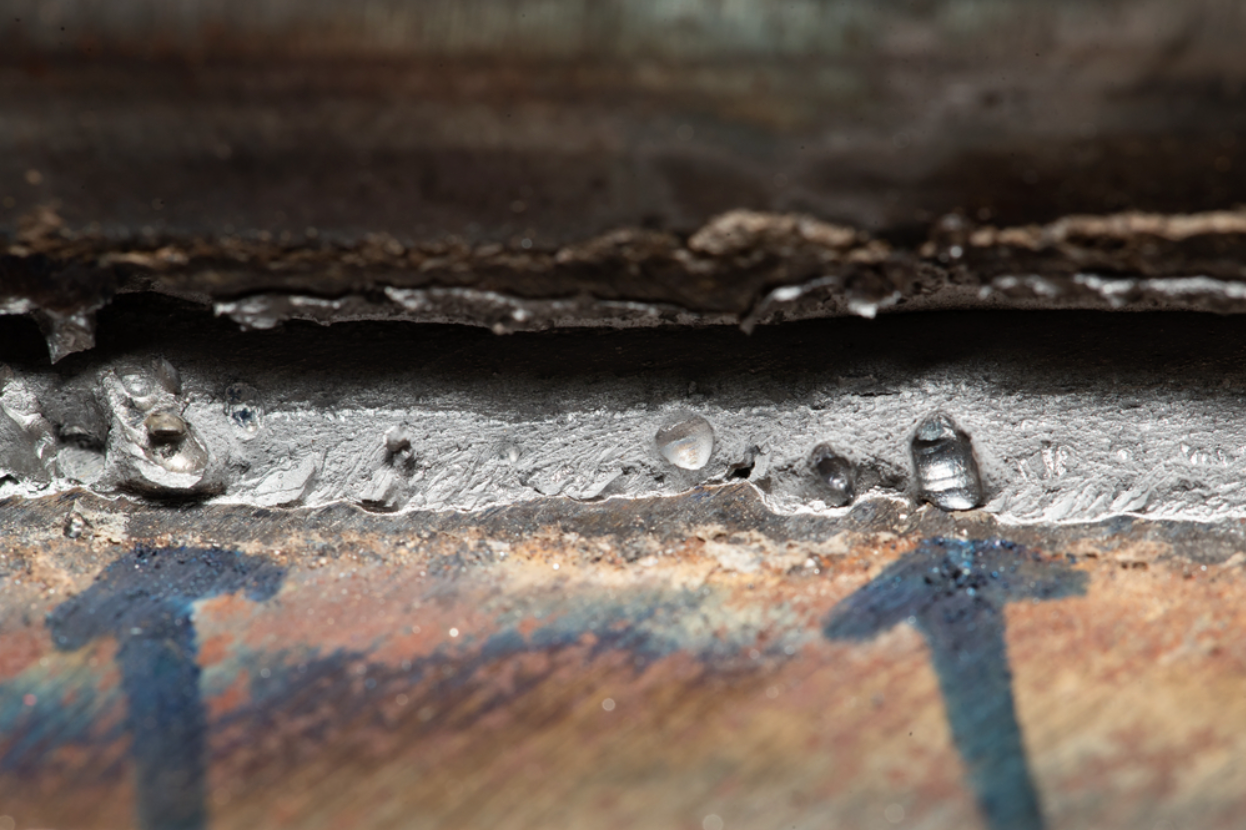How to Avoid Weld Undercut: Necessary Tips for Welders
How to Avoid Weld Undercut: Necessary Tips for Welders
Blog Article
Essential Tips for Welders: Protecting Against Undercut Welding and Ensuring Stronger Weld Joints
In the realm of welding, achieving strong and long lasting weld joints is the cornerstone of producing top quality job. One usual difficulty that welders usually experience is undercut welding, which can compromise the integrity of the weld joint.

Understanding Undercut Welding
Undercut welding is an usual welding issue that occurs when the weld metal falls short to properly fill the groove and leads to a groove-like anxiety along the weld grain. This defect compromises the weld joint, making it at risk to cracking and failing under tension. Undercutting can be brought on by different aspects, including extreme welding present, high welding rate, incorrect electrode angle, wrong electrode size, and inadequate welding technique.
Among the major factors for undercut welding is an imbalance between the welding existing and the welding speed. If the welding current is too expensive or the welding speed is also quickly, the weld steel might not sufficiently fill up the groove, leading to damaging. Furthermore, utilizing an electrode that is as well big can cause a comparable outcome, as the excess steel can not effectively flow right into the groove.
To prevent undercut welding, welders should guarantee they are making use of the appropriate welding criteria, preserve an ideal electrode angle, select the appropriate electrode size, and technique correct welding strategies. By dealing with these variables, welders can minimize the risk of undercutting and produce stronger, more dependable weld joints.
Appropriate Welding Strategy
Efficient welding strategy plays an essential role in guaranteeing the quality and integrity of weld joints. Proper welding technique involves a combination of precision, skill, and adherence to finest methods. One fundamental facet of appropriate welding strategy is preserving the correct angle and range between the welding weapon and the workpiece. Welders have to additionally pay very close attention to the travel rate and warm input to avoid problems like damaging, porosity, or incomplete blend.
In addition, a steady and regular hand motion is crucial for developing solid and sturdy weld joints. Welders ought to aim for smooth, uniform activities to make sure also circulation of the weld material. Appropriate manipulation of the welding gun and filler material is likewise key to accomplishing ideal penetration and combination.
Moreover, managing the warm input and choosing the appropriate welding criteria based on the product being bonded are important consider attaining top quality welds - Preventing weld undercut. Welders must follow the suggested settings supplied by welding treatment requirements and adjust them as required based upon the particular requirements of the job. By grasping proper welding methods, welders can significantly boost the toughness and reliability of their weld joints
Picking the Right Electrode
Preserving the proper angle and distance in between the welding weapon and the work surface is basic when thinking about the value of picking the ideal electrode in welding applications. The choice of electrode plays a vital function in establishing the high quality and toughness of the weld joint. Electrodes can be found in numerous kinds, each made for certain purposes and products.
Firstly, choosing the ideal electrode size is essential. Thinner electrodes appropriate for welding slim products, while thicker electrodes are much better for thicker products and greater warm applications. Matching the electrode diameter to the density of the workpiece aids attain a well balanced weld.
Second of all, comprehending the product structure of the electrode is vital. Various electrodes are developed for welding specific products like steel, stainless steel, light weight aluminum, or cast iron. Making use of the proper electrode product makes certain good blend and lessens the threat of issues in the weld.
Lastly, considering the welding position and technique is important when choosing the electrode type. As an example, certain electrodes are much better fit for above or vertical welding settings, while others work well for flat or horizontal placements. Choosing the best electrode based click this link upon the welding technique enhances the overall weld top quality and honesty.
Preparing the Base Metal
To make sure a successful welding procedure, what initial steps should be taken when preparing the base steel for welding? In addition, any existing weld product or residue from previous welding should be gotten rid of to guarantee a tidy surface area for the new weld.

Conducting Post-Weld Inspections

After conducting these analyses, welders must compare the results against industry requirements and job demands to ensure that the weld joint satisfies all necessary criteria. Any inadequacies or discrepancies found throughout the post-weld evaluation must be without delay addressed through proper restorative steps to ensure the weld's stability. By vigilantly executing post-weld assessments and immediately resolving any kind of problems, welders can support the top quality and reliability of their job, eventually adding check these guys out to the safety and security and long life of the bonded frameworks.
Verdict

Finally, preventing undercut welding and making certain more powerful weld joints need a combination of correct welding strategy, picking the appropriate electrode, preparing the base steel correctly, and carrying out post-weld inspections. By comprehending the sources of undercut welding and executing the necessary preventative measures, welders can produce top notch weld joints that meet market criteria and ensure the architectural integrity of the welded parts.
Undercut welding is a common welding defect that takes place when the weld steel falls short to correctly fill up the groove and results in a groove-like anxiety along the weld grain (Preventing weld undercut). Undercutting can be triggered by various factors, including too much welding existing, high welding rate, improper electrode angle, incorrect electrode size, and bad welding technique
One of the primary factors for undercut welding is an inequality between the welding current and the welding rate. If the welding current is also high or the welding speed is too quick, the weld steel might not adequately fill the groove, leading to undercutting.Maintaining the appropriate angle and distance in between the welding weapon and the work surface is basic when taking into consideration the relevance of selecting the right electrode in you can try here welding applications.
Report this page